Skip to product information
-
Media gallery  Media gallery
Media gallery
-
Media gallery  Media gallery
Media gallery
-
Media gallery  Media gallery
Media gallery
-
Media gallery  Media gallery
Media gallery
-
Media gallery  Media gallery
Media gallery
-
Media gallery  Media gallery
Media gallery
-
Media gallery  Media gallery
Media gallery
-
Media gallery  Media gallery
Media gallery
-
Media gallery  Media gallery
Media gallery
-
Media gallery  Media gallery
Media gallery
-
Media gallery  Media gallery
Media gallery
1
/
of
11
SKU
4833
Building a Strip Canoe, Second Edition, Revised & Expanded
Full-Sized Plans and Instructions for Eight Easy-To-Build, Field-Tested Canoes- Regular price
- $24.95 USD
- Regular price
-
- Sale price
- $24.95 USD
- Unit price
- / per
Shipping calculated at checkout.
Couldn't load pickup availability
Description
Description
An expert outdoorsman and canoe builder who has supervised the construction of more than 500 canoes, shares his voice of experience in guiding both novice and accomplished woodworkers in building a canoe with easy step-by-step instruction. Covering everything from safety in the boat to shop repairs, Gil Gilpatrick thoroughly explains the whys and shortcuts learned from his experience in the shop and on the water. A Maine guide, he uses his own canoes and tests their performance on the challenging Allagash River every summer. This revised edition includes full-sized plans for 8 well-proven canoe designs, most of which are the author's own adaptations. Step-by-step directions for building a canoe from start to finish are accompanied by more than 100 photographs and illustrations.
Details
Details
| Pages | 112 |
|---|---|
| Publish Date | 2010-11-01 |
| Series | |
| Size | 8.5" x 11.0" x 0.27" |
| Author | Gil Gilpatrick |
| Product Form | Paperback / softback |
Reviews
Reviews
s
step guide presents plans for building eight canoes. It begins with important safety advice and includes instructions for caning seats and making paddles. It's suited for the beginner who's never built a canoe or the experienced woodworker who wants to try a new design.
BUILDING A STRIP CANOE, by Gil Gilpatrick, is a revised edition that guides readers on building a canoe for any type of water. The author has built more than 500 canoes in his 30 years of teaching, while serving as an Allagash River master guide. Gilpatrick has field
s
step guide presents plans for building eight canoes. It begins with important safety advice and includes instructions for caning seats and making paddles. It's suited for the beginner who's never built a canoe or the experienced woodworker who wants to try a new design.
BUILDING A STRIP CANOE, by Gil Gilpatrick, is a revised edition that guides readers on building a canoe for any type of water. The author has built more than 500 canoes in his 30 years of teaching, while serving as an Allagash River master guide. Gilpatrick has field
s
step guide presents plans for building eight canoes. It begins with important safety advice and includes instructions for caning seats and making paddles. It's suited for the beginner who's never built a canoe or the experienced woodworker who wants to try a new design.
BUILDING A STRIP CANOE, by Gil Gilpatrick, is a revised edition that guides readers on building a canoe for any type of water. The author has built more than 500 canoes in his 30 years of teaching, while serving as an Allagash River master guide. Gilpatrick has field
b
built strip canoe and Gilpatrick walks us through the process. In fact, there is a set of full size plans included for eight different canoes. Gil shows you how to make paddles and also goes into the details of making your own cane seats.
Maybe the 19' 6" Grand Laker model is for you and the author even shows you how to add a motor if this is your desire. Gilpatrick has built over 500 canoes in his 30 years of experience. This book is the perfect book for both first timers and veterans alike.
If you have never paddled a canoe maybe it is time to do so. Once you have enjoyed the quiet and calmness of riding in a canoe on a calm lake at dusk, you will be hooked. Doing so in your own strip canoe is the epitome of bliss.
Author Gilpatrick is an outdoorsman that has written several other outdoor related books. If I were going into the woods he is the guy I would choose for my guide. Any guy that has taught outdoor resource classes for over 30 years should know how to get me back home safely.
Gilpatrick has written books about building outdoor furniture, paddles, snowshoes, canoes and cane seats.
Native North Americans know the advantages of travelling by canoe, the serenity of the calm lakes and being one with nature allows us to reflect upon its beauty. This is even more enjoyable in a self
s
sized plans for eight different canoe models.
Step
s
safety, prep work and supply assembly, building the backbone (the frame you'll first need to build along with the patterns from the included templates) that will provide your canoe support as you glue, staple, and form your canoe. And while I'm not 100% convinced that just anyone can build a canoe, I'll be the first to admit (as a technical writer by trade) that the instructions Gilpatrick provides are the clearest I could imagine, and after reading the book just once I knew that it contained the right details for me to follow along. I'm comfortable working with wood and many of the tools required, but I believe that even a novice with the right help (and maybe a friend with a table saw and some time) can build a canoe. Gilpatrick covers it all, including putting together authentic cane seating and paddles as well as a list of specialty supply vendors (in case you live somewhere that doesn't offer access to the fiberglass/epoxy materials and even the wood). This is really the only book you'll need should you decide you want to now (or ever) build your own canoe. I'm much more confident in this upcoming project with this book in my hand.
There are many things I want to do in my lifetime. I can check off skydiving, writing a book, and a few others that I've counted myself fortunate enough to complete, but still there are more. I grew up in Florida, and I was lucky enough to have access to a number of rivers, a few bayous, and, of course, the Gulf of Mexico. During my high school days, one of my favorite summer activities was canoeing. I spent many days on Coldwater River or Blackwater River either with friends or solo (often on an ocean kayak because it was lighter and more fun to me). I will never forget one summer day by myself on Coldwater (frigid water year round) when I quietly rounded a bend on the water and came face
r
read text supported by clear photographs. A special chapter is devoted to the making of repairs where these may be necessary and the final part of the book covers the construction of the paddle. The author claims to have supervised the building of some 500 canoes over a period of 30 years. His intensely practical book is a revision of an earlier work which was published under the same title.
There are two ways in which people are likely 10 start building a canoe. The first is when they are already accomplished
woodworkers and they see the building of a canoe as a development of their interests and skills. The second is when they have little knowledge of woodworking but have an interest in and possibly a better than average knowledge of
canoes.
This book has been written with both types of reader in mind; it contains a single project with a number of variations.
After a brief introduction and a discussion about safety issues, Chapter 2 begins with an examination of some of the variations which are possible in canoe design. For example, the bottom of the canoe may be flat or rounded and it may be built with or without a keel. Four profiles are suggested: General Purpose, White Water, Streamlined and Freighter.
These variations are condensed into the 8 designs presented; they range in length from 4.9 to 6 metres. Construction of a canoe is undertaken by first making a strongback and mounting it at a convenient height at which to work. The strongback allows erection of the 'stations' along its length. Full
r
read text supported by clear photographs. A special chapter is devoted to the making of repairs where these may be necessary and the final part of the book covers the construction of the paddle. The author claims to have supervised the building of some 500 canoes over a period of 30 years. His intensely practical book is a revision of an earlier work which was published under the same title.
There are two ways in which people are likely 10 start building a canoe. The first is when they are already accomplished
woodworkers and they see the building of a canoe as a development of their interests and skills. The second is when they have little knowledge of woodworking but have an interest in and possibly a better than average knowledge of
canoes.
This book has been written with both types of reader in mind; it contains a single project with a number of variations.
After a brief introduction and a discussion about safety issues, Chapter 2 begins with an examination of some of the variations which are possible in canoe design. For example, the bottom of the canoe may be flat or rounded and it may be built with or without a keel. Four profiles are suggested: General Purpose, White Water, Streamlined and Freighter.
These variations are condensed into the 8 designs presented; they range in length from 4.9 to 6 metres. Construction of a canoe is undertaken by first making a strongback and mounting it at a convenient height at which to work. The strongback allows erection of the 'stations' along its length. Full
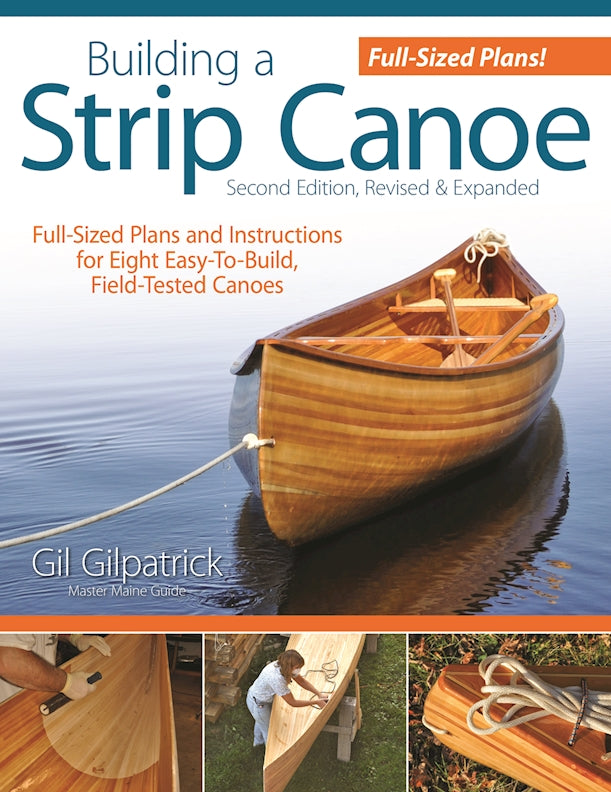
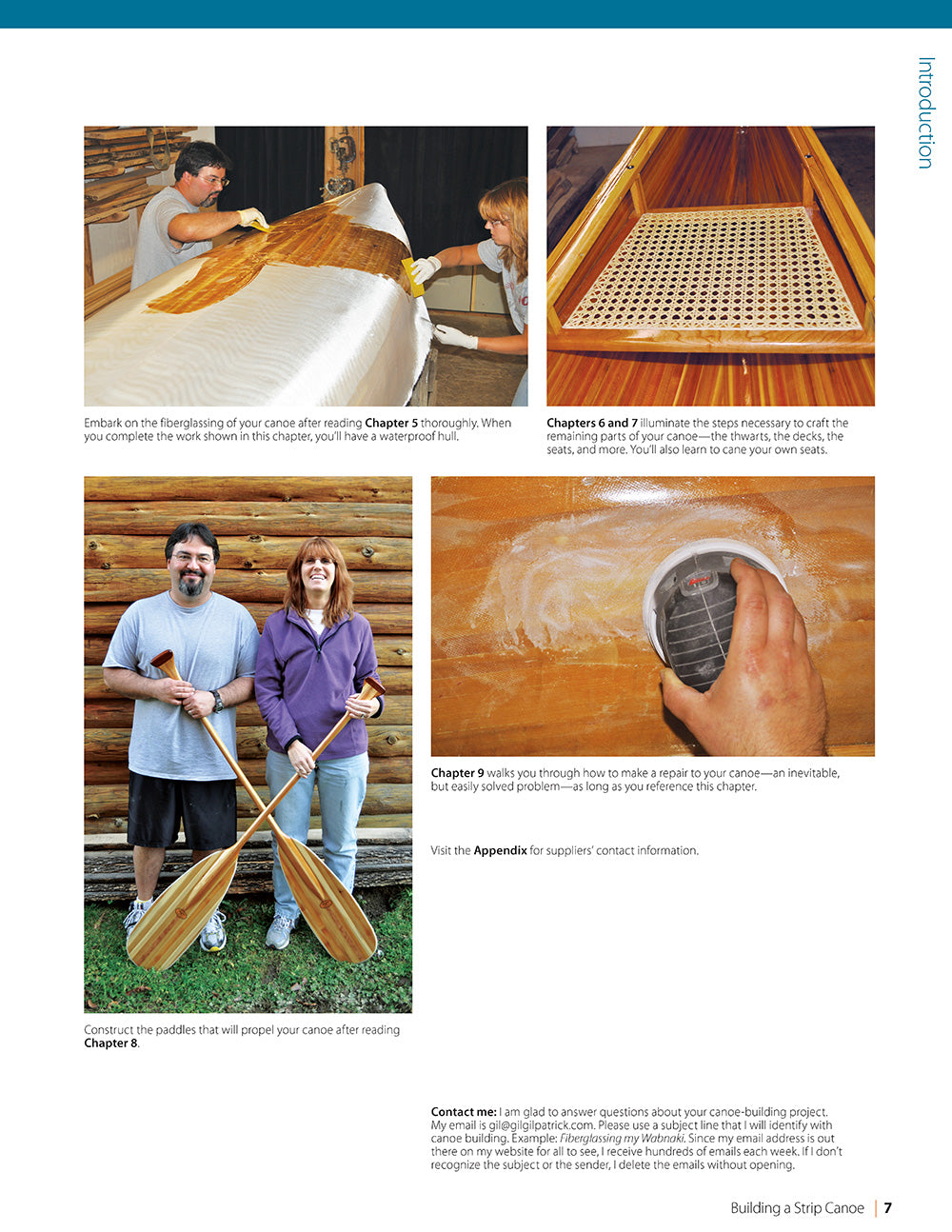
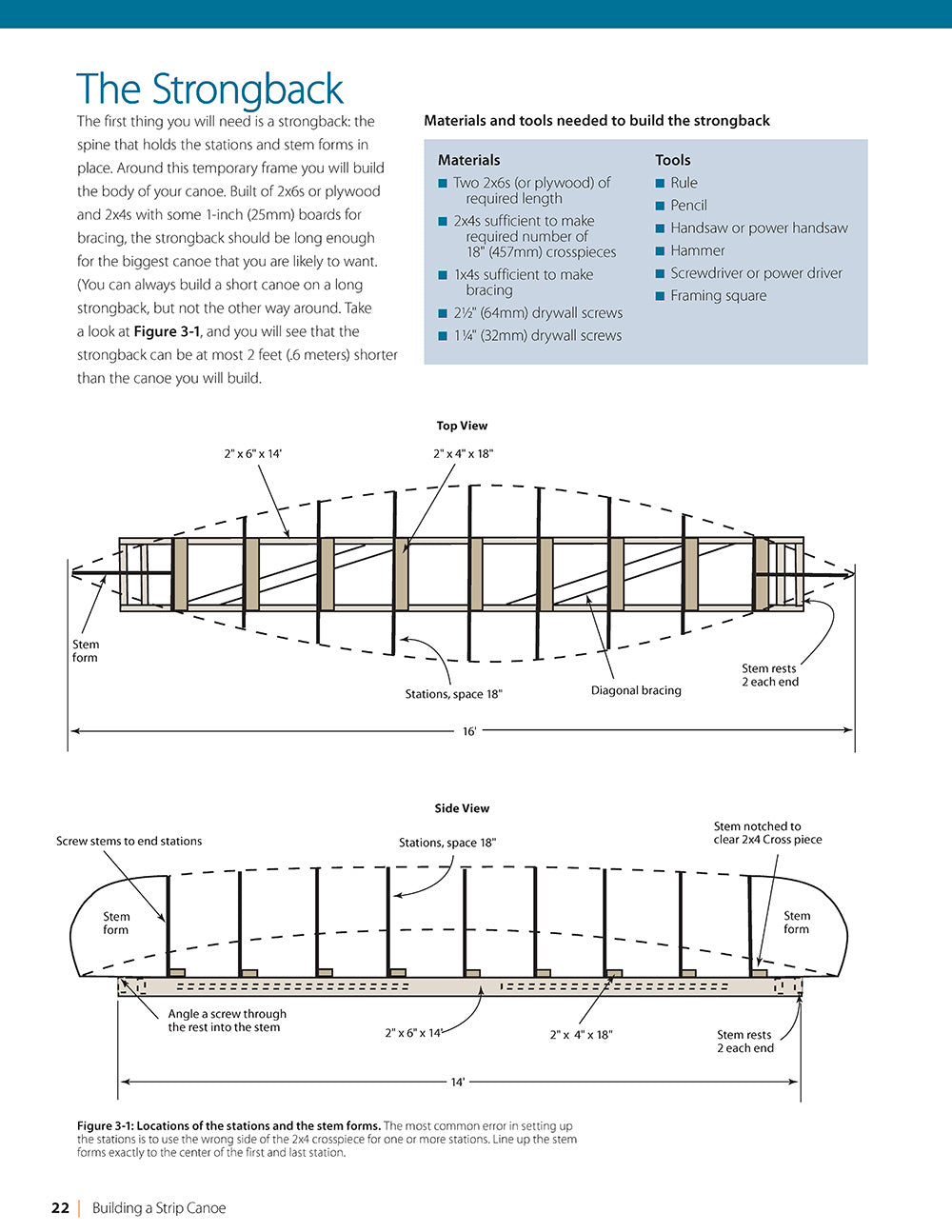
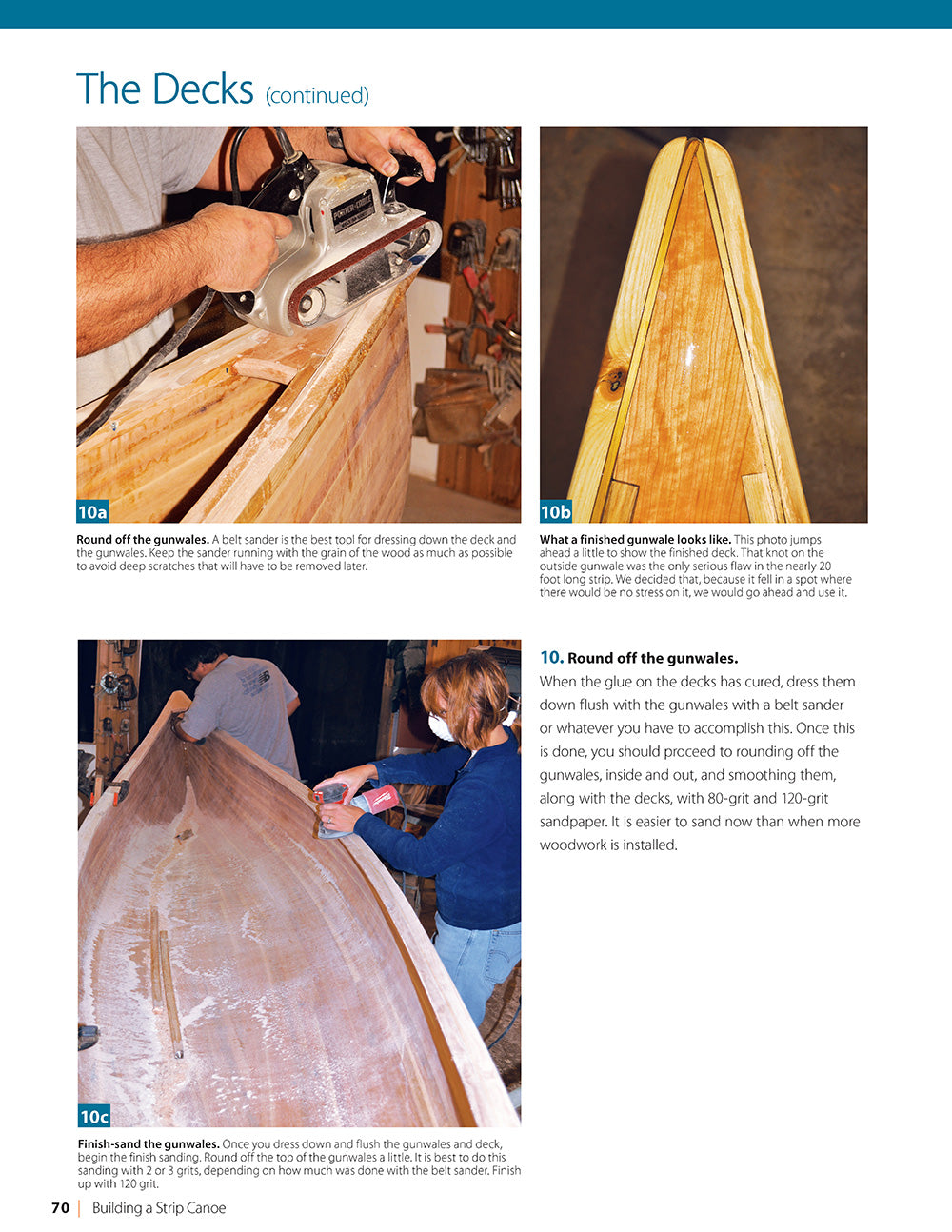
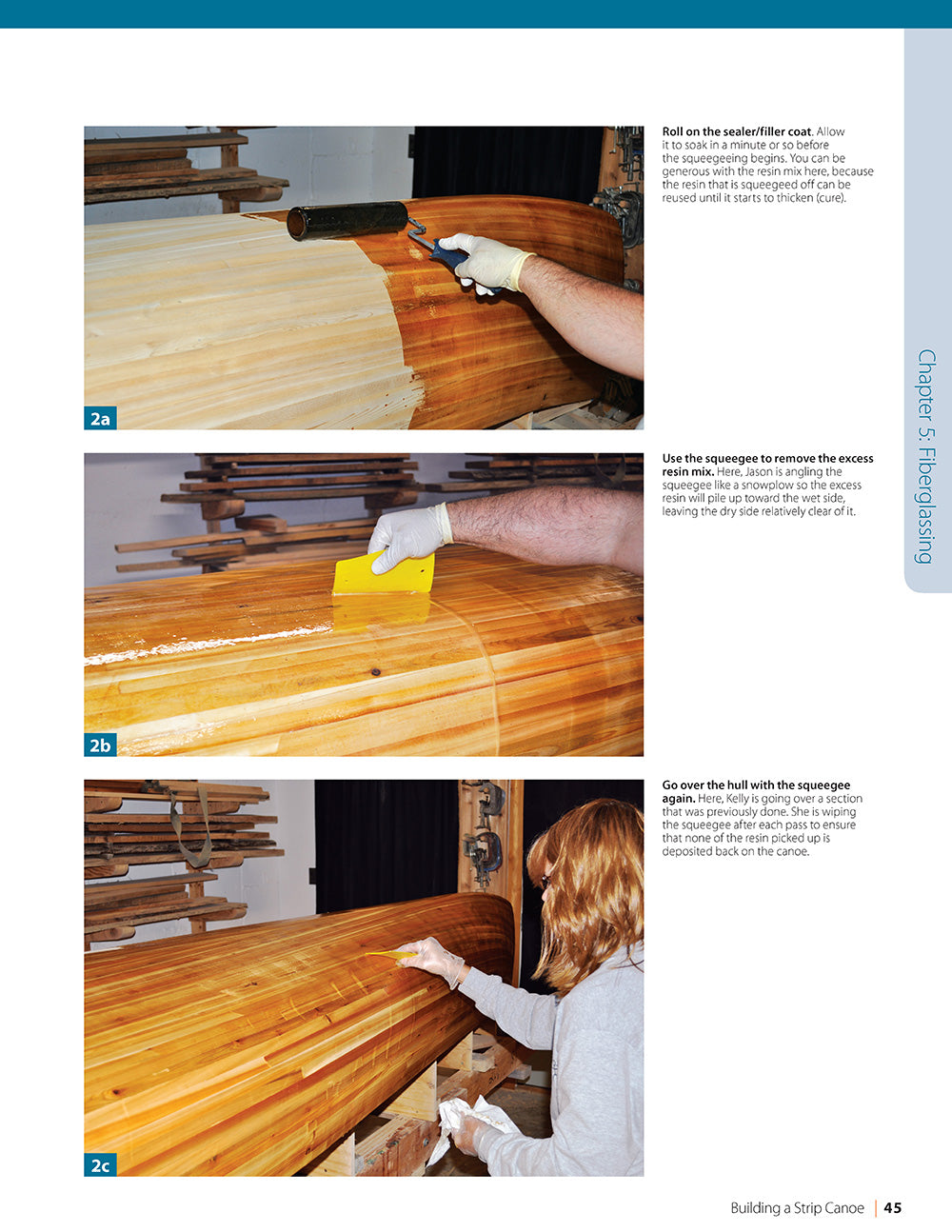
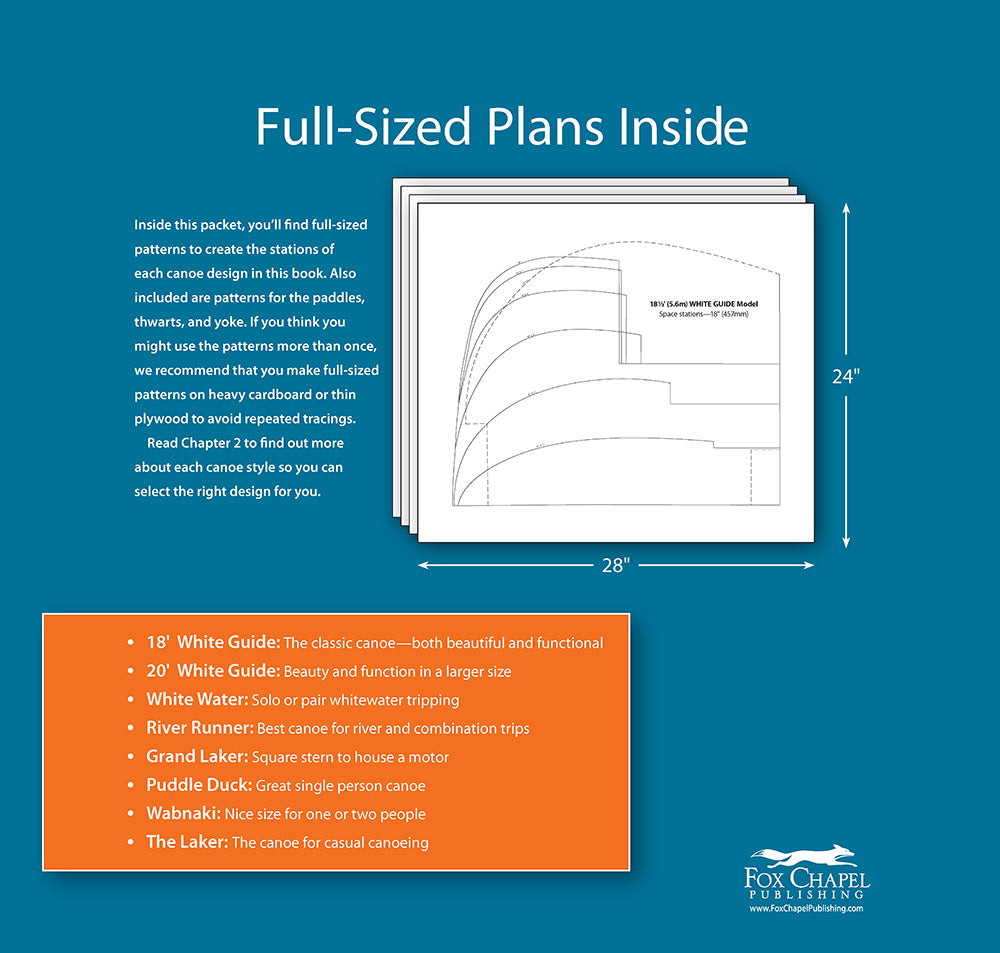
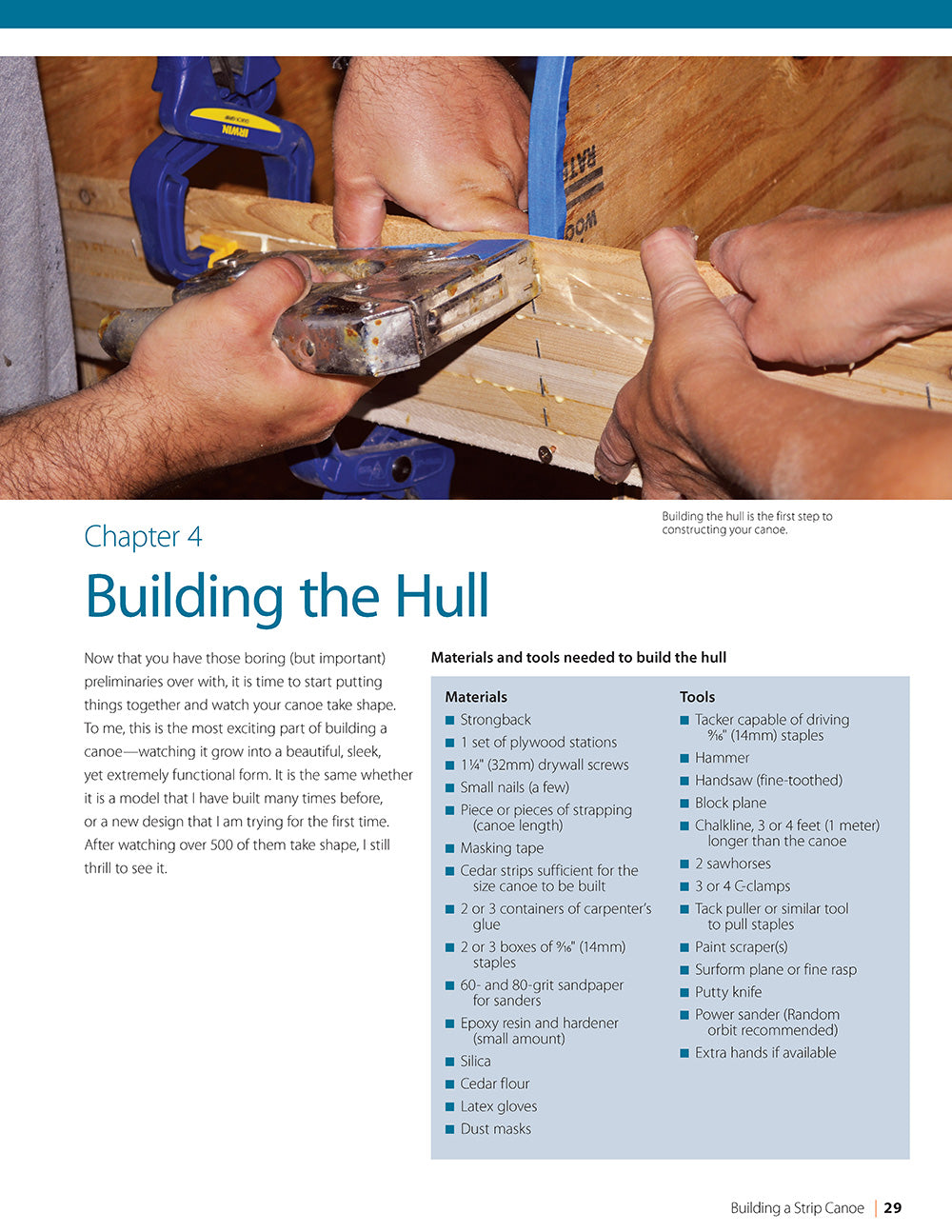
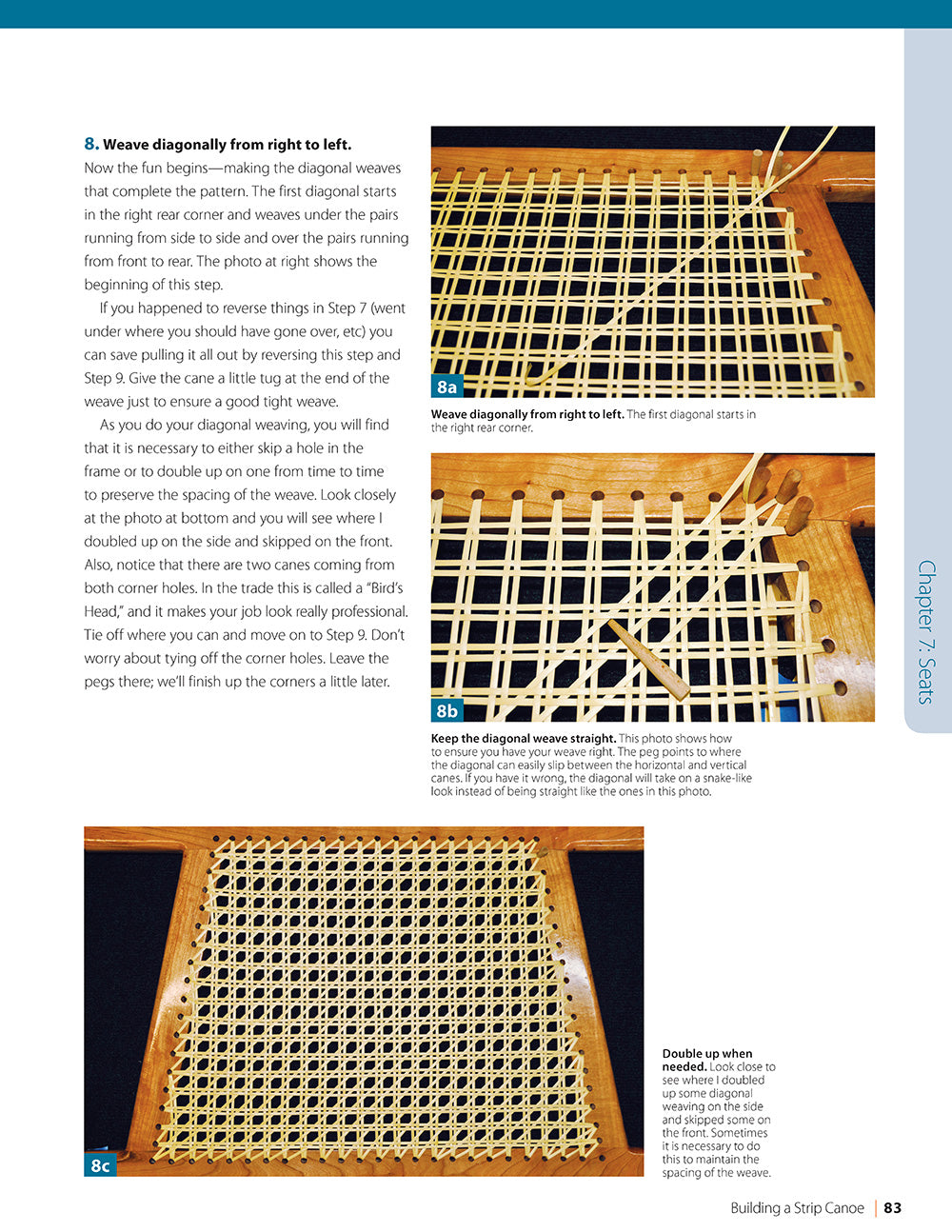
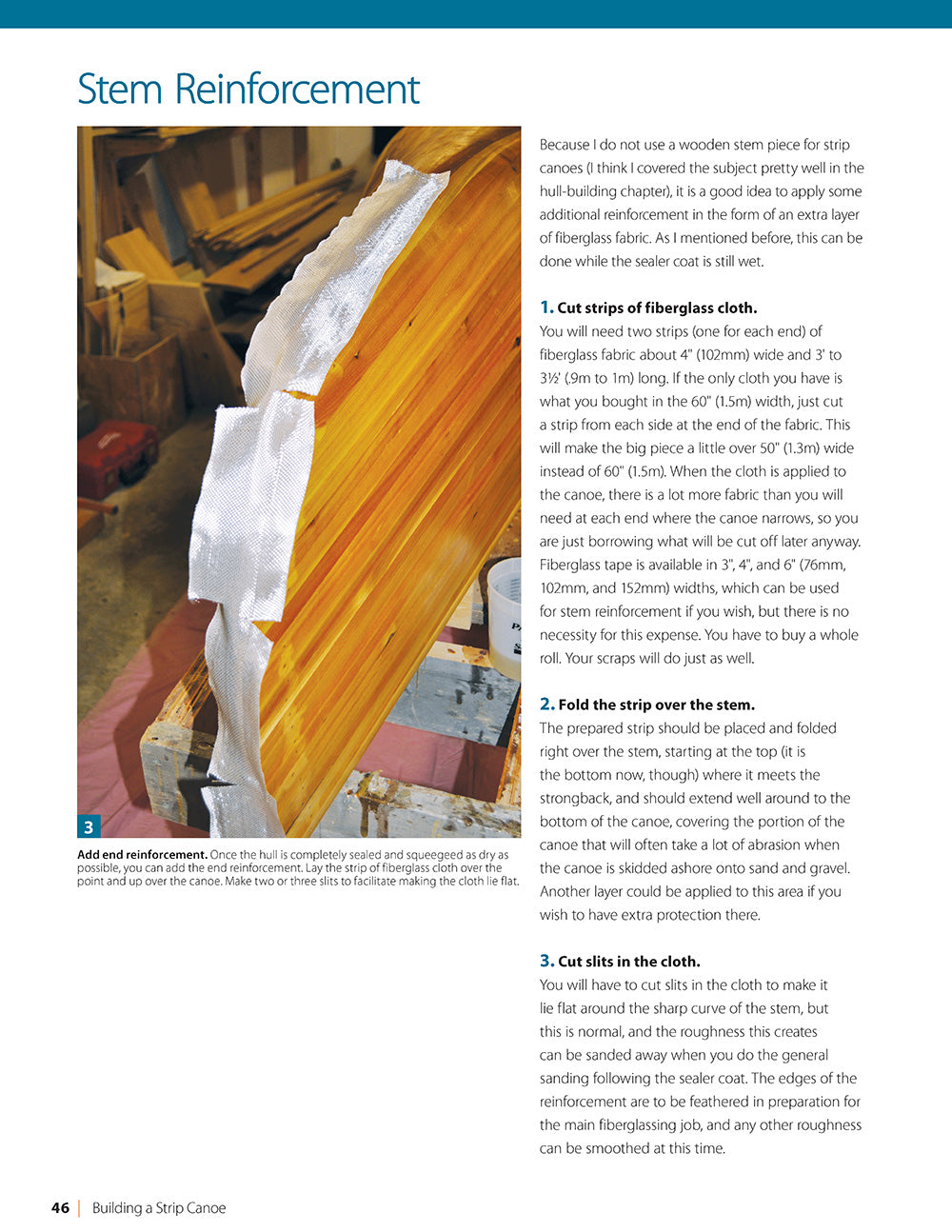
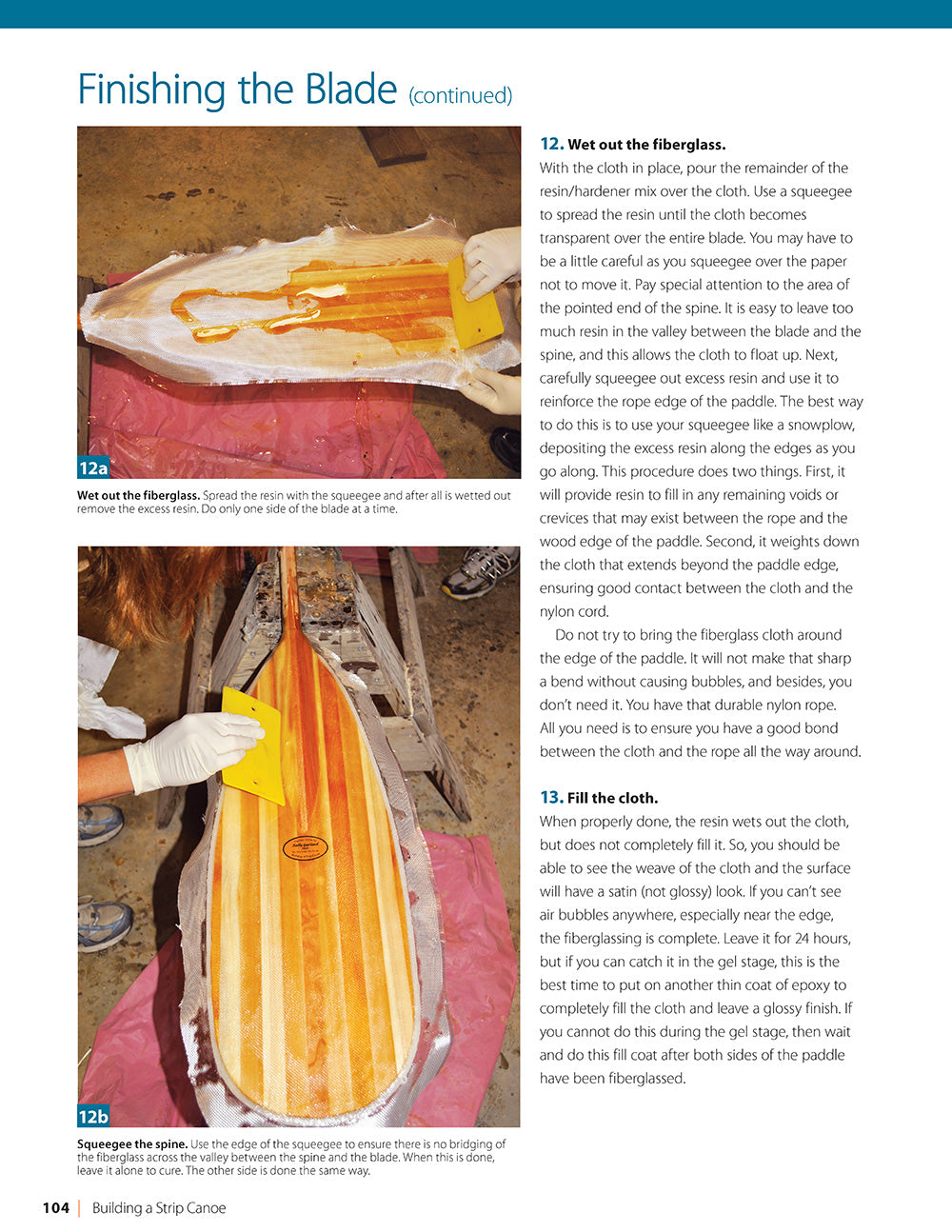
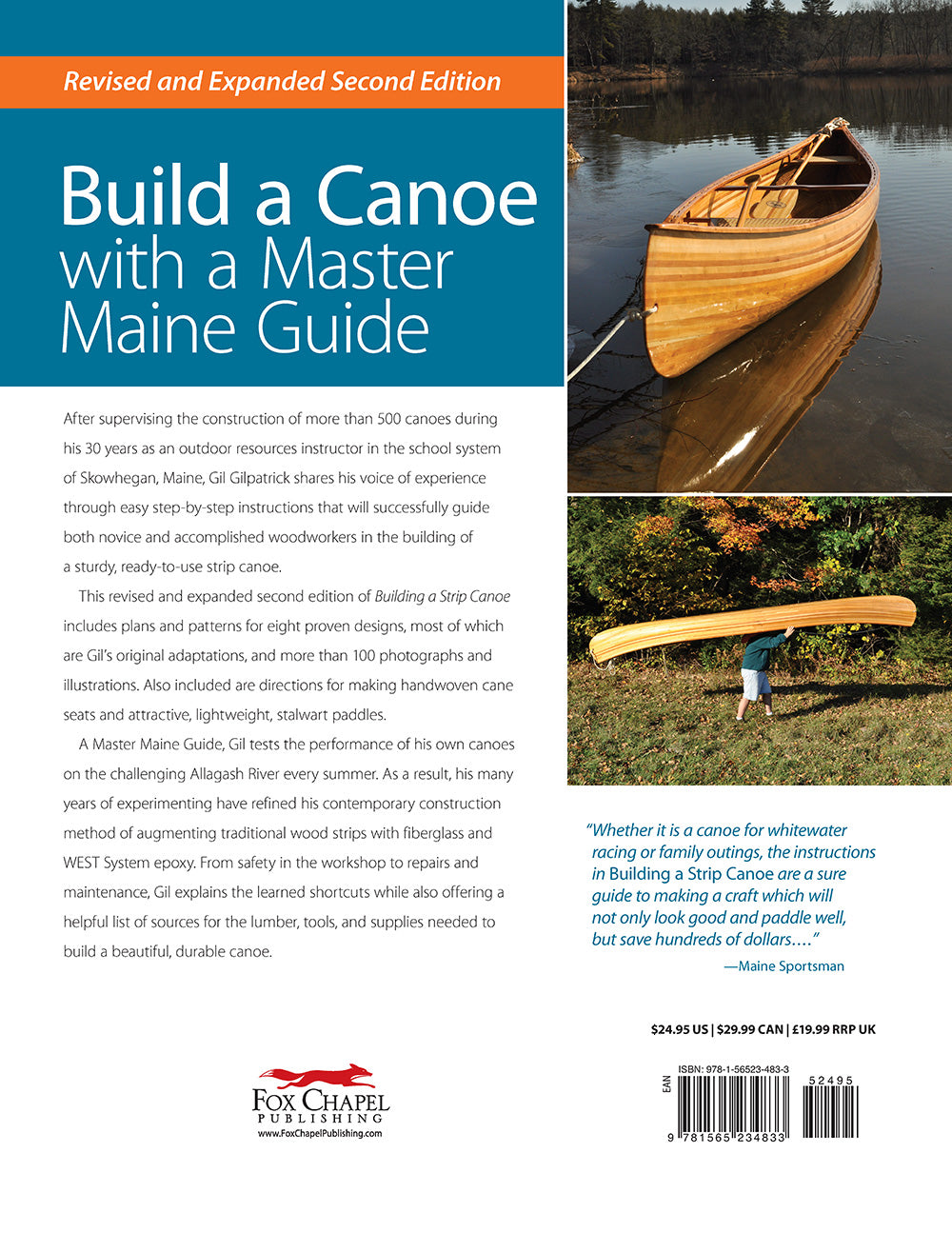
Notified by email when this product becomes available
PREVIEW
You May Also Like
Be in the Know
Learn about the newest releases, online promotions, special events and more!
- Choosing a selection results in a full page refresh.











